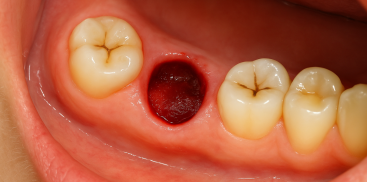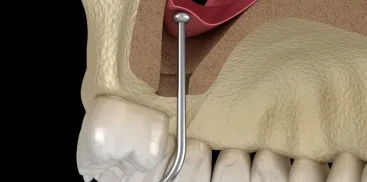Many people wonder what the difference is between tooth bonding and porcelain veneers. Both procedures are popular in cosmetic dentistry and help improve the appearance of a smile, but they differ in terms of materials, durability, and cost. In this article, we will answer the most frequently asked questions about tooth bonding and porcelain veneers to help you choose the best solution for your needs.
What is tooth bonding and porcelain veneers?
Tooth bonding is a procedure in which a composite resin material is applied to the tooth’s surface, shaped by the dentist to cover imperfections such as cracks, discolorations, or unevenness. Bonding is ideal for minor aesthetic corrections and repairing small tooth damage.
Porcelain veneers are thin shells made of porcelain that are bonded to the front surface of the tooth. Veneers are used to significantly improve the shape, color, and appearance of teeth. They are a more advanced option than bonding and are intended for long-lasting aesthetic changes.
What are the differences in durability between bonding and veneers?
Durability is one of the key aspects that distinguish tooth bonding from porcelain veneers:
– Tooth bonding: Bonding lasts between 3 to 10 years, depending on oral care and the patient’s habits. Composite material is less resistant to stains and damage than porcelain, which may require more frequent repairs or adjustments.
– Porcelain veneers: Porcelain veneers are much more durable, often lasting between 10 to 20 years. Porcelain is more resistant to stains and damage, making veneers a long-term investment in a beautiful smile.
What is the difference in the procedure for bonding and veneers?
Tooth bonding is a quick and painless procedure that can be completed in a single visit to the dentist. The dentist prepares the tooth, applies the composite material, and then sculpts and hardens it with UV light. The entire procedure takes about 30 to 60 minutes per tooth.
Porcelain veneers usually require two or more visits. In the first visit, the dentist removes a small amount of enamel from the tooth surface, then takes an impression, which is sent to a laboratory. During the second visit, the finished veneers are bonded to the teeth. This process is more time-consuming and requires greater precision.
Which procedure is more aesthetic?
In terms of aesthetics, porcelain veneers are generally considered more advanced:
– Tooth bonding: Composite material mimics the natural color of teeth well but may discolor over time, especially in individuals who consume coffee, tea, or smoke.
– Porcelain veneers: Porcelain is known for its excellent replication of the natural tooth structure and is resistant to staining. As a result, the smile looks natural and fresh for a longer time.
What is the price difference between tooth bonding and porcelain veneers?
The cost of tooth bonding is significantly lower than porcelain veneers, making bonding a more affordable option for patients looking for quick and economical cosmetic solutions.
– Tooth bonding: The cost of the procedure ranges from 300 to 800 PLN per tooth, depending on the clinic and materials used.
– Porcelain veneers: Porcelain veneers typically cost between 1,500 to 2,500 PLN per tooth. The higher price is due to the durability and aesthetic quality that porcelain provides.
When should you choose bonding and when porcelain veneers?
Tooth bonding is a good option if you need a quick, less invasive repair of minor cosmetic defects. It’s ideal if you want to:
– Correct small imperfections
– Remove discolorations
– Change the shape or length of your teeth
Porcelain veneers are a better choice if you are looking for a long-lasting, more aesthetic, and damage-resistant solution. Veneers are recommended when:
– Teeth require significant corrections in shape or color
– You want a long-term, aesthetic solution
– You need excellent resistance to stains
Conclusion
Choosing between tooth bonding and porcelain veneers depends on your needs, budget, and expectations regarding durability and aesthetics. Tooth bonding is quicker, cheaper, and less invasive, ideal for minor corrections. Porcelain veneers are a long-term investment, providing a lasting and aesthetic result. It’s worth consulting with a dentist who will help you choose the right solution.
Source:










